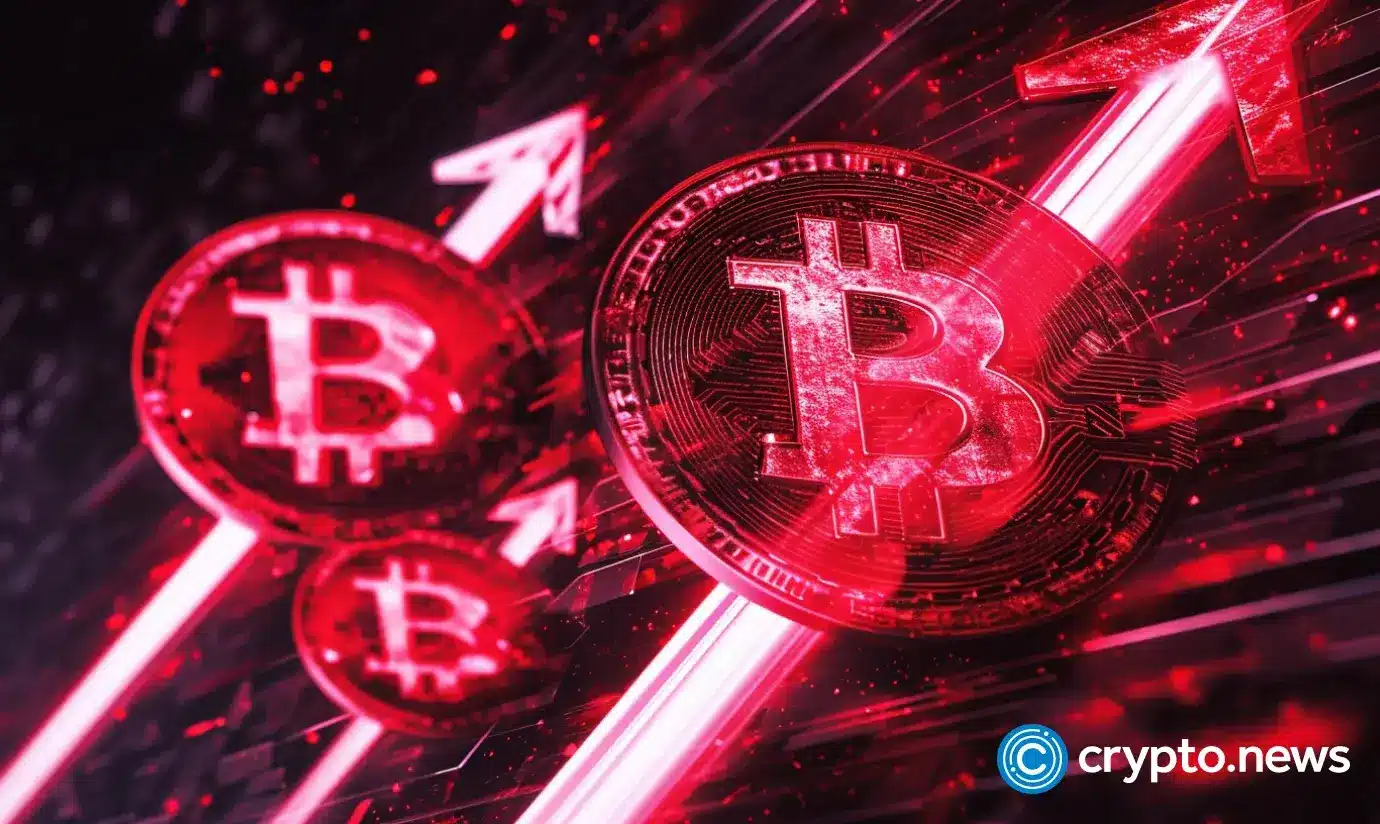Emails from Satoshi Nakamoto, the pseudonymous — and mysterious — Bitcoin (BTC) inventor, believed the digital asset would use much less vitality than the standard banking system.
That’s based on a lately printed electronic mail trade between Satoshi and long-term collaborator Martti ‘Sirius’ Malmi (the authenticity of the emails is but to be confirmed).
The 2 crypto innovators lay naked the growing thought processes and technical challenges addressed throughout Bitcoin’s preliminary phases.
Bitcoin vs. conventional banks
Amongst the colourful discourse, which commenced in Could 2009, one subject stands out: Satoshi’s prescient considerations relating to Bitcoin’s vitality consumption.
In a reflective contemplation on the intersection of expertise and sustainability, Satoshi voiced concerns concerning the environmental impression of Bitcoin, acknowledging the strain between financial freedom and ecological preservation, particularly relating to the proof of labor (PoW) system that underpins the digital forex.
Nevertheless, in sharp distinction to the present criticism of the cryptocurrency’s vital energy draw, Satoshi posited that Bitcoin can be way more energy-efficient in comparison with typical banking programs.
If it did develop to devour vital vitality, I believe it will nonetheless be much less wasteful than the labor- and resource-intensive typical banking exercise it will exchange. The price can be an order of magnitude lower than the billions in banking charges that pay for all these brick-and-mortar buildings, skyscrapers, and spam bank card gives.
Satoshi Nakamoto, Bitcoin inventor
PoW was not only a mechanism to facilitate decentralized transactions however was additionally seen as basic for community coordination and stopping double-spending.
Other than Satoshi’s ideas on BTC’s ecological impression, the emails additionally unearthed his reflections on its scaling, outlining his imaginative and prescient for a community of not more than 100,000 nodes.
In addition they revealed his opinions on Bitcoin’s privateness in comparison with e-currency pioneer DigiCash, its utility past a forex, and even his cautious method to the authorized implications of selling Bitcoin as an funding.
Notably, Satoshi speculated on varied purposes for Bitcoin and acknowledged early on that the community’s perceived anonymity wanted to be addressed.
Who’s Martti Malmi?
Malmi’s affiliation with the cryptocurrency sector began in April 2009 when, upon discovering the nascent mission on-line, he felt compelled to hitch forces with Nakamoto, providing help wherever potential.
This fateful collaboration bore fruit when Malmi performed an important function in deploying Bitcoin’s model 0.2, which housed pivotal updates. One is the preliminary Linux assist, which underscored Bitcoin’s cross-platform aspirations.
Malmi’s technological contributions prolonged far past software program growth; he was reportedly instrumental in erecting the foundational group pillars akin to Bitcointalk and managing essential domains like Bitcoin.org.
Not content material with simply shaping the dialogue surrounding Bitcoin, Sirius, as he was identified in crypto cycles, actively engaged in mining, allegedly accruing a staggering 50,000 Bitcoins by way of his laptop computer between 2009 and 2011.
His launch of the emails comes towards the backdrop of the legal battle involving Craig Wright, who claims to be the elusive Satoshi, and the Crypto Open Patent Alliance (COPA).
COPA goals to affirm that nobody can declare copyrights over the Bitcoin whitepaper or the title.
Because the trial progresses and the decisive query of Wright’s declare to the Satoshi Nakamoto identification stays unanswered, Malmi’s emails may add substantial depth to individuals’s understanding of Bitcoin, its creator, and his humanizing exhaustion with the mission.

